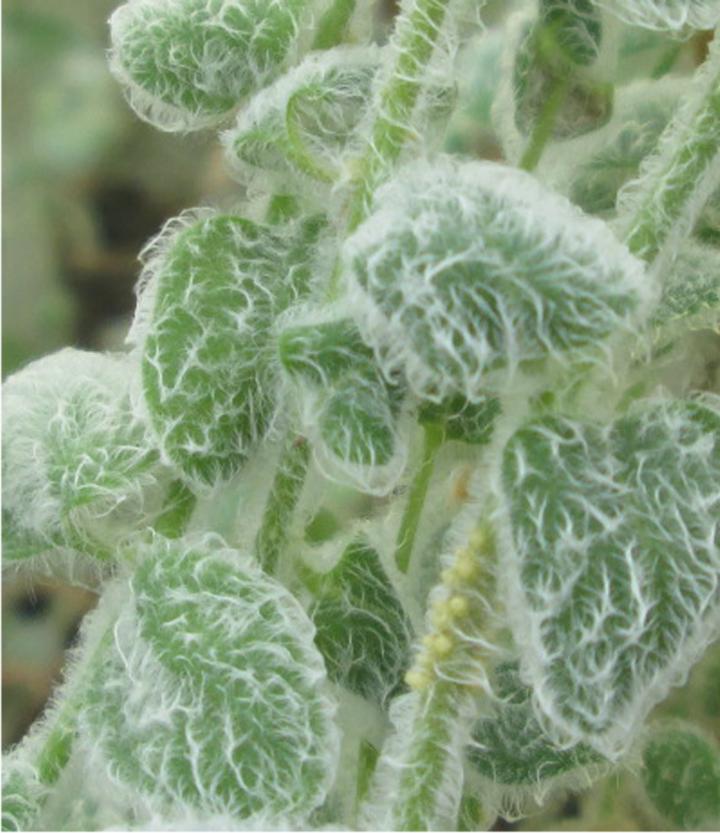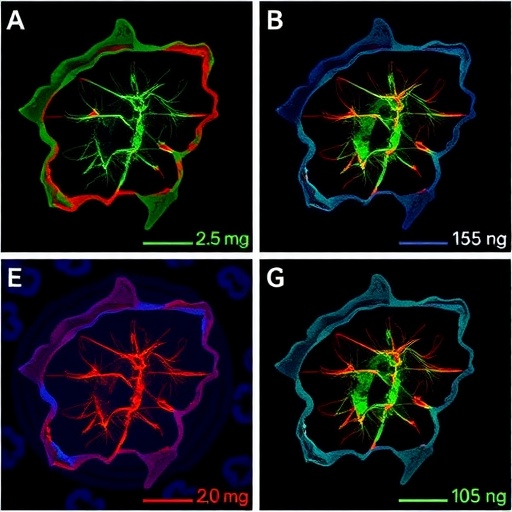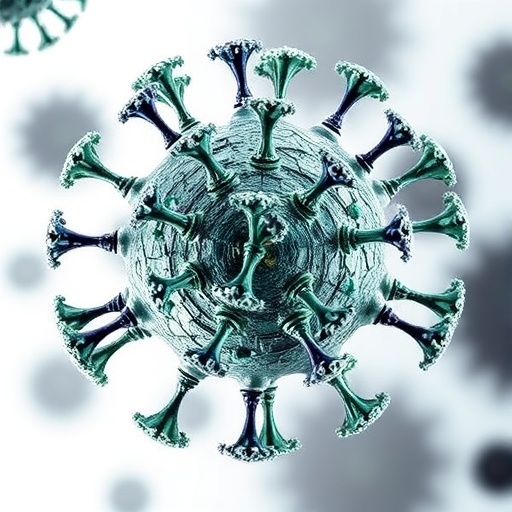
Credit: Ying Tan
Scientists have solved a puzzle that has long baffled botanists – why some plants on high mountainsides are hairy while their low-lying cousins are bald.
Alpine species of snapdragon have evolved to disable a gene that prevents those living at low altitudes from growing hairs on their stalks and leaves, researchers say.
The small hairs may act like UV sunscreen to protect alpine plants growing in full sun on lofty, exposed cliffs, the team says. Low-lying plants might not need to make the hairs because of the relative abundance of shade in valleys.
These insights could aid the production of useful chemicals secreted by the hairs of some plants, scientists say, including the antimalarial drug artemisinin, and the chemicals that give herbs and hops their flavours.
Researchers from the University of Edinburgh identified the gene that controls hair production – which they named the Hairy gene – in snapdragons by breeding alpine and lowland species with each other.
They found that the gene is switched off in alpine plants. It is switched on in low-lying species, which causes baldness by blocking the activation of sections of DNA involved in hair production, the team says.
Their findings show that the first snapdragons – which grew around 12 million years ago – were bald, and that newer, alpine species evolved as a result of mutations that deactivated the gene.
###
The study, published in the journal Current Biology, is funded by the Biotechnology and Biological Sciences Research Council.
Professor Andrew Hudson, of the University of Edinburgh’s School of Biological Sciences, who led the study, said: “This exciting discovery gives us a chance to find out the rest of the genetic toolkit that controls plant hair growth. It could also help us work out why exactly being hairy is an advantage for alpine plants.”
Media Contact
Corin Campbell
[email protected]
44-131-650-6382




